A Masterpiece in Marble: Bartolini’s Neoclassical Tazza and Column

Bartolini’s white marble Tazza and Column consists of a stylobate, an unfluted shaft, and a capital. A pipe-lined necking and an ornate echinus echo the decorative motif found on the lower section of the shaft. Resting atop the capital is the entwined, snake-handled tazza, carved from a single block of marble. The rim of the bowl measures scarcely one centimetre in thickness — a remarkable testament to the sculptor’s skill and ambition.
The themes most immediately suggested by Bartolini’s Tazza and Column are erudition and prestige. As with much Graeco-Roman revivalism, patrons sought to display both their learning and their social standing through the prevailing fashion of the day — here, Napoleonic Neoclassicism.
Historically, tazze functioned variously as drinking vessels, dishes for serving small delicacies, or purely ornamental objects. Bartolini’s example at Nicholas Wells Antiques appears to have been conceived as a sculptural piece. Monumental in scale and decorative in execution, it was clearly designed to impress.
Lorenzo Bartolini
The colourful career of Italian-born sculptor Lorenzo Bartolini (1777–1850) was distinguished by prestigious commissions and influential patrons. His body of work in many respects rivalled that of his contemporary and predecessor, Antonio Canova, whose celebrated marble sculptures combined elements of the Baroque, Graeco-Roman classicism, and Romanticism.
An ardent revolutionary, Bartolini resisted the all-encompassing dominance of Canova’s austere classicism. Instead, he forged a distinct path that led him to become the most highly esteemed Italian sculptor of his generation — though one who has since been unreasonably neglected.

Born in Savignano di Prato, Bartolini first studied at the Accademia di Firenze, where he developed his artistic skills. In 1799 he moved to Paris, training under Jean-Baptiste Frédéric Desmarais and François-Frédéric Lemot, and later joining the studio of Jacques-Louis David. His true rise to prominence came in the early 19th century, when he was appointed sculptor to Elisa Baciocchi, Grand Duchess of Tuscany. Through her patronage, and thanks to her family connections, Bartolini secured his greatest benefactor: Emperor Napoleon Bonaparte.
Appointed Professor of Sculpture at Baciocchi’s Academy in Carrara, Bartolini became a quasi-official portrait sculptor to the Bonaparte family, producing some of his most significant and celebrated works. His refined portraits of the imperial dynasty inspired aristocratic and wealthy patrons to commission their own likenesses in a similar vein, leading to an influx of commissions throughout the latter part of his career.
Carrara, with its famed marble quarries, proved an ideal setting for Bartolini’s portrait production. The exceptional quality of its marble, combined with Bartolini’s semi-Neoclassical style and the stone’s historic associations with the Roman Empire, made Carrara a natural choice for Napoleon and his imperial ambitions.

Napoleon and the Empire Style
Napoleon Bonaparte was an emperor deeply obsessed with history. While the general public remembers him primarily as France’s greatest ruler and military commander, art historians and collectors highlight his profound influence on the arts. In such a position of power, Napoleon needed to reference history to justify and legitimise his politics, thereby cementing his place in the French national story. The Empire style, inseparable from Napoleon himself, emerged from the prevailing fascination with antiquity. Scholarly enthusiasm for Etruscan civilisation, in particular, formed part of the cultural backdrop of his youth.
In 1796, Napoleon boldly declared: “After so many centuries, Caesar and Alexander have a successor.” A new analogy was taking shape: Rome was no longer in Rome, it was reborn in Paris. Napoleon’s self-identification with Caesar, combined with the notion of Paris as a new Rome, inspired an artistic climate charged with Roman revival. Antique forms already seen in the Louis XVI style were now fused with imperial symbols, creating an aesthetic of formality, erudition, grandeur, and monumentality. Lions, eagles, and snakes frequently appeared as decorative motifs, either integrated into furniture legs or serving as illusionistic supports, as exemplified in Bartolini’s Tazza and Column.
Bartolini, Napoleon’s favoured sculptor, played a significant role in shaping this artistic legacy. The Empire style, defined by artists like him, embodied wealth, knowledge, and the promise of all-encompassing power — a vision of a new Rome, a new empire.
Yet Bartolini himself remains something of a mystery. His relative obscurity may be explained by his deliberate departure from Canova’s strict classicism. Though often categorised as Neoclassical, Bartolini did not view himself as a Neoclassical artist. His portrait busts and figures reveal his talent for capturing fleeting emotions, glances, and moods — qualities that evoke the Florentine Renaissance and the influence of Michelangelo and Verrocchio. This awareness is evident in works such as Carità Educatrice, an overtly Quattrocento-inspired statue that pays homage to those predecessors.

Exhibited at the Salon in 1824
White marble
Bartolini departed from the strict Canovan classicism that dominated Florence, where many Neoclassical sculptors were dismissed as “canoviani di modesto valore” — Canova imitators of modest worth. Instead, Bartolini drew inspiration from Andrea del Verrocchio. This influence is most clearly seen in his L’Ammostatore, which recalls Verrocchio’s David, though rendered with softer lines and a purer sense of naturalism. Unlike many of his contemporaries, Bartolini embraced his artistic differences with confidence and ease.


Chatsworth House
On his return to Italy after Napoleon’s downfall, Bartolini struggled to re-establish himself in Florence, hindered by his revolutionary sympathies and unwavering support of the former emperor. Nevertheless, his animated portrait busts — which broke free from the rigidity of Neoclassicism — were well received, particularly among British patrons. One of the most notable was William Spencer Cavendish, the 6th Duke of Devonshire. A passionate collector of contemporary Italian marble sculpture, the Duke created the renowned Sculpture Gallery at Chatsworth House, a testament to the vibrant Anglo-Italian cultural exchange of the 19th century.
The Duke was an enthusiastic patron of the arts, motivated by pleasure, intellectual curiosity, and a deep love of Italy. His gallery was designed to evoke the spirit of Rome in Derbyshire, borrowing architectural features from the Vatican’s Braccio Nuovo. He himself described it as “intended for modern sculpture,” a space dedicated to both intellectual and sensory enjoyment. The gallery reflected not only the Duke’s taste but also his role in Rome’s resurgence following Napoleonic rule.
Bartolini was among the sculptors commissioned by the Duke, whose enthusiasm for contemporary Italian sculpture led him to assemble a collection that balanced Canova’s celebrated works with carefully chosen pieces by other leading artists. The arrangement included “souvenir” pedestals, columns, and tazze interspersed among the figurative sculptures. In its early display, one of Bartolini’s tazze was placed alongside Canova’s colossal head of Napoleon Bonaparte, even housing Canova’s own modelling tools — which the Duke described as “an interesting relic.”
A tazza at Chatsworth House, still displayed in the Sculpture Gallery, is identical in design to the Tazza and Column at Nicholas Wells Antiques. Both share the striking motif of entwined snakes, their overlapping bodies defined by deep undercutting and punctured detailing to suggest scales, from the coiling tails at the base to the biting heads at the rim.


Materiality and ornamentation
The technique of carving marble in the 19th century remained essentially unchanged from the Renaissance. Marble sculpture, often monolithic and carved from a single block of stone, possesses low tensile strength, allowing it to be worked into fine details, dramatic undercutting, and deep recesses. Sculptors would first use a point chisel to remove the bulk of the stone, followed by a tooth chisel to refine the form. The surface could then be finished with a variety of textures.
In Bartolini’s Tazza and Column, the beautiful soft glow of the marble is the result of extreme polishing. Yet its radiance goes beyond surface treatment alone: polished marble becomes partially translucent, allowing light to penetrate and refract through the stone. This quality was exploited to remarkable effect in the Sculpture Gallery at Chatsworth House. The Duke of Devonshire used marble’s luminous properties to heighten the gallery’s atmosphere, creating what he called a bel composto — a heady synthesis of art, light, music, and taste. For evening entertainments, powerful lamps were placed within Bartolini’s full-scale copy of the Medici Vase, producing a magical illumination that played across the other sculptures. The tazze at both Chatsworth House and Nicholas Wells Antiques would have similarly responded to light: their ornate decoration and deep undercutting casting dramatic shadows and tenebristic effects.
The present tazza at Nicholas Wells Antiques is almost identical to a drawing by Bartolini preserved in the Museo Civico, Prato. The sketch shows the same overall arrangement: an unfluted column supporting a grand, ornate tazza, adorned with pairs of entwined snakes biting the rim. The design highlights the centrality of the serpent motif, and its carving creates the impression of independence — as though the snakes exist in dynamic relief, separate from the vessel itself.

Throughout the Neoclassical style, animal motifs appeared frequently, reflecting their strong associations with Graeco-Roman antiquity. Lions and eagles, for instance, symbolised power — particularly imperial authority. On Bartolini’s Tazza and Column, a pair of entwined snakes form the handles of the vase. Their bodies project outward in sculptural relief, curving gracefully before rejoining the rim, where the snake heads bite and hold.
In Greek and Roman mythology, the serpent symbolised rebirth, healing, and protection. In Pompeii, serpents adorned household shrines and public temples, not as emblems of evil — as they are often perceived today — but as guardian deities. Visually, the entwined snakes on Bartolini’s tazza create a feature that is both playful and refined. From a distance, they might be mistaken for conventional curved handles, but closer inspection reveals the sculptor’s ingenuity and technical mastery.
Bartolini’s Tazza and Column brings together many themes. It is historically resonant, stylistically significant, and, above all, a work of great beauty that demonstrates Bartolini’s exceptional skill in carving marble.
References:
<1> Annie Jourdan Napolon, hros, imperator et mcne, Aubier 1998 chapter 1
<2> Stendhal The Charterhouse of Parma
<3> Song of 9 Thermidor Year VI (July 27 1798)
Images:
Ingres Collections at the Louvre
Lorenzo Bartolini Monumental bust of Napoleon Sothebys Lot 84
La Carit Educatrice, Bartolini
Andrea del Verrocchio, David with the Head of Goliath
Lorenzo Bartolini, LAmmostatore
Drawing by Bartolini Museo Civico, Prato, Pianetti bequest (no. 7; inv. no. 1027) Sothebys Lot 60
Post by Daisy Watson




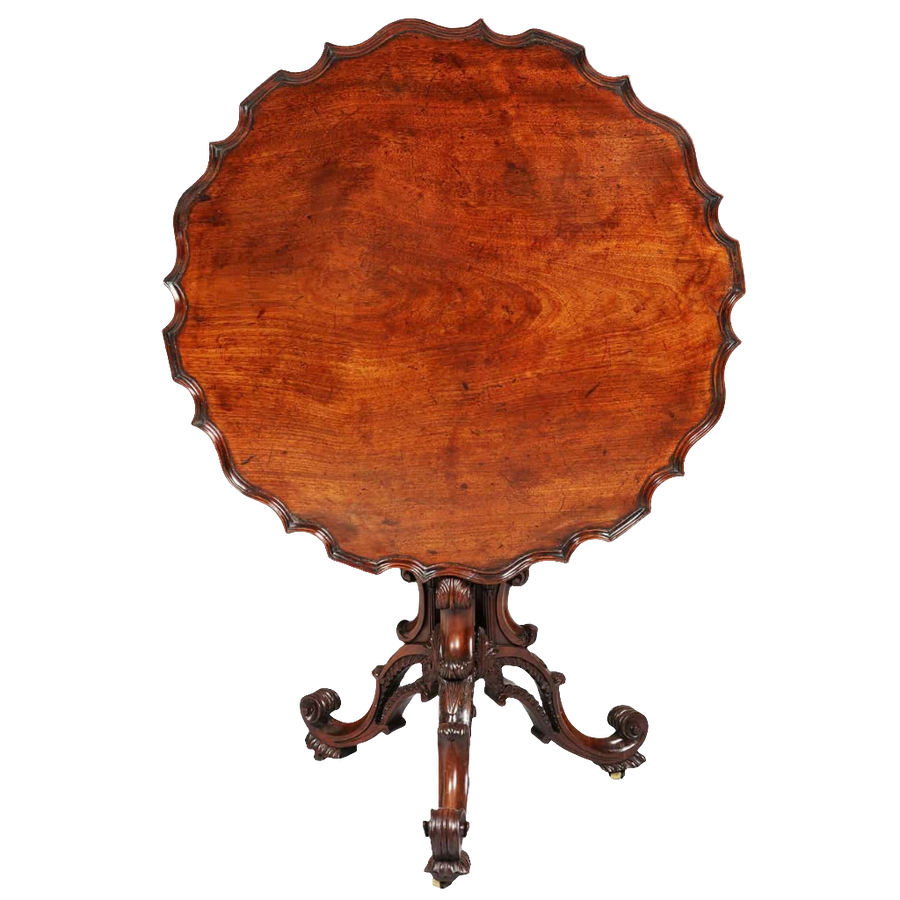
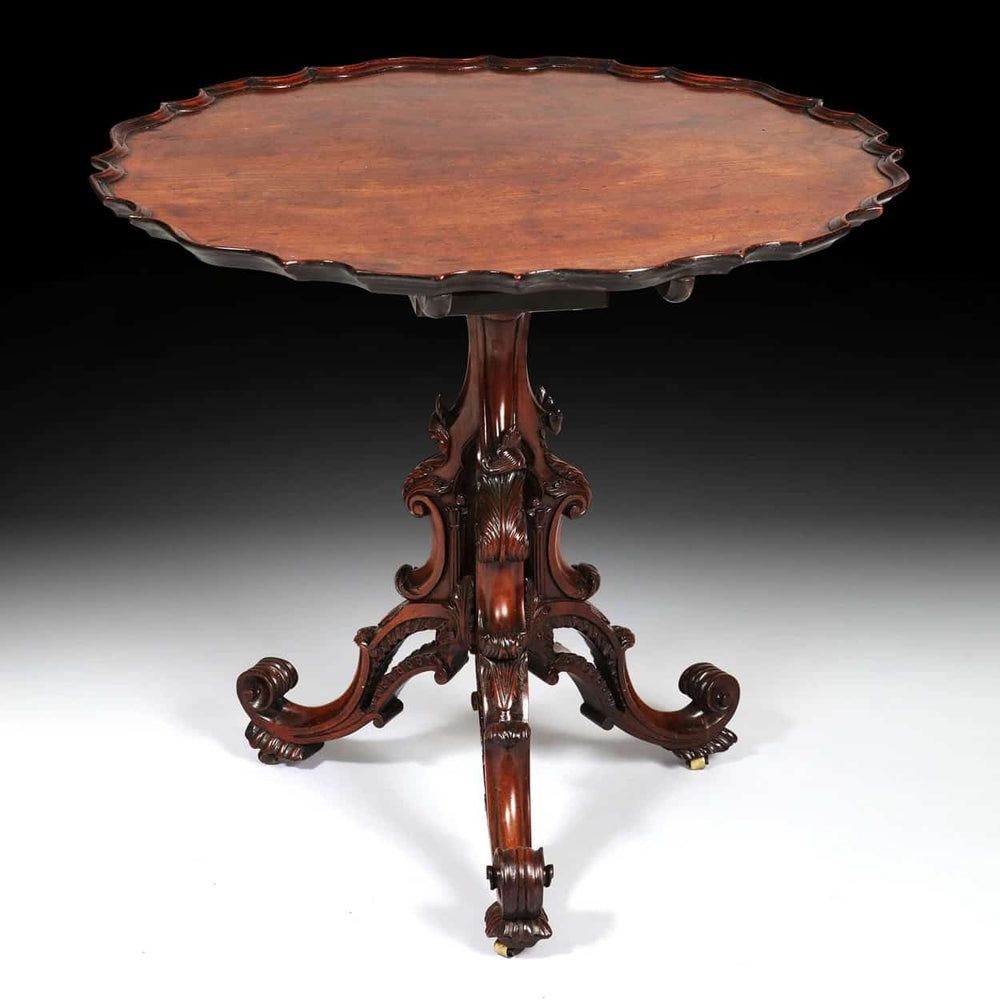
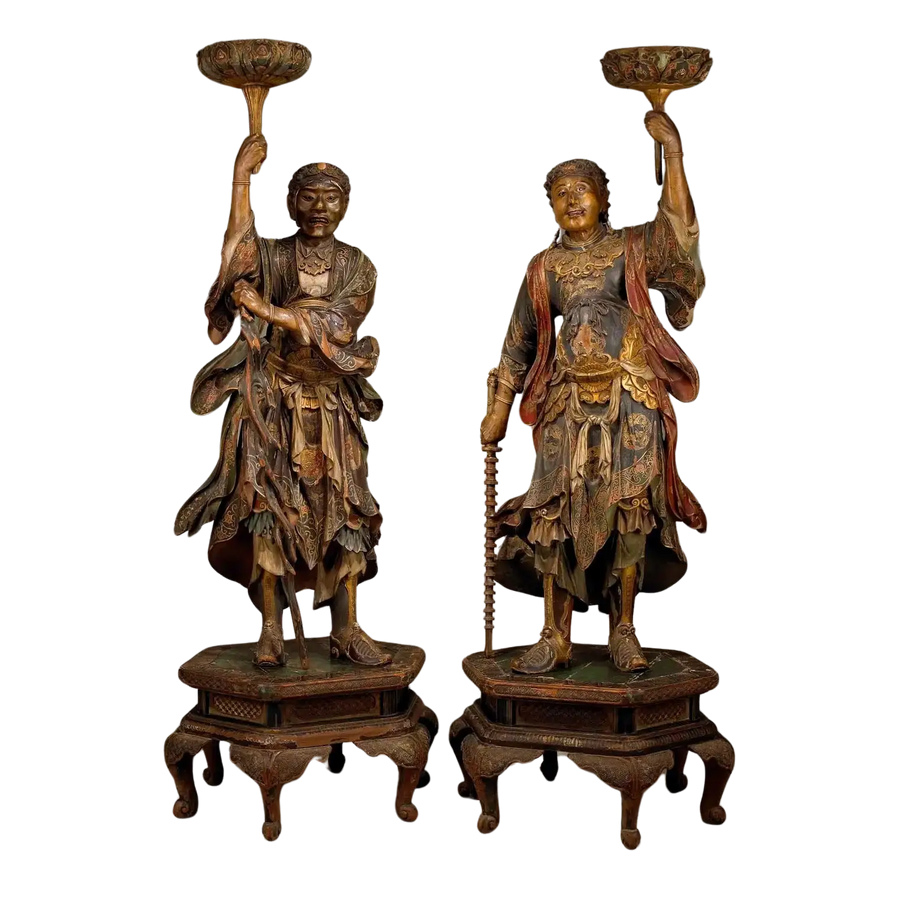
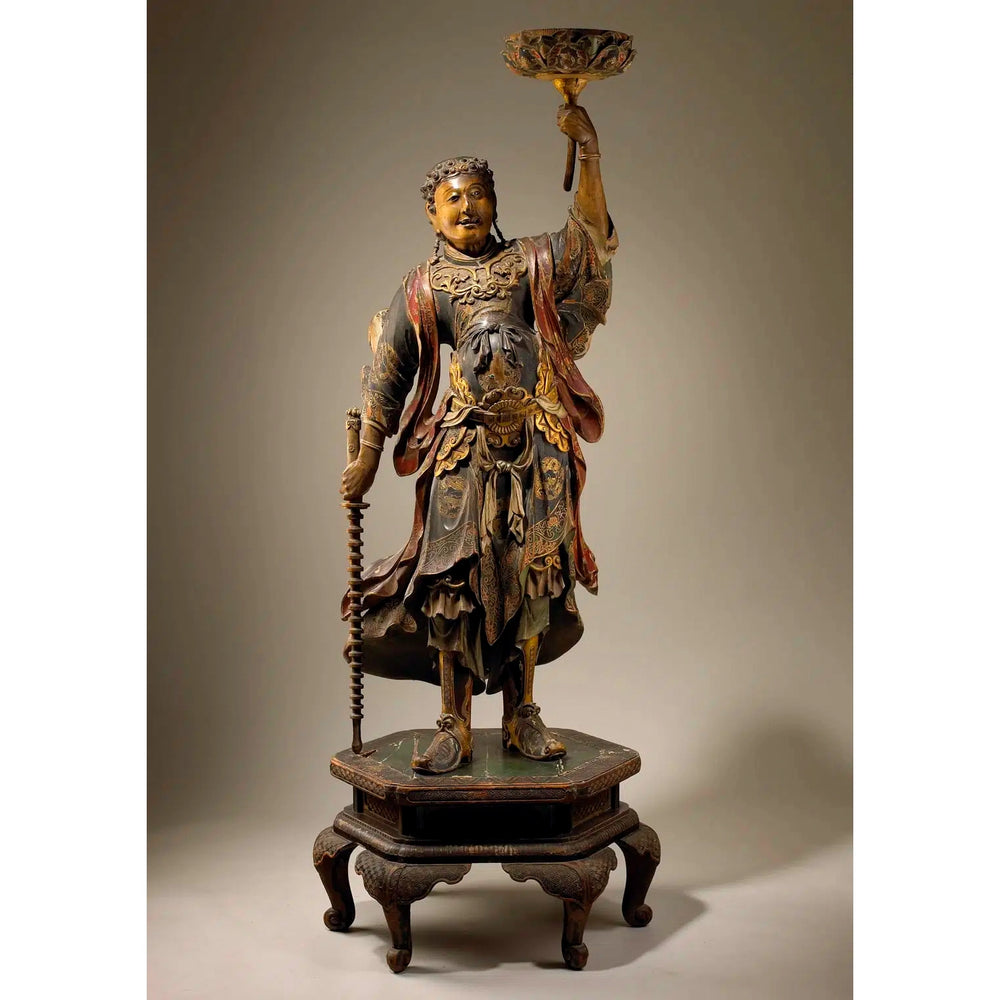
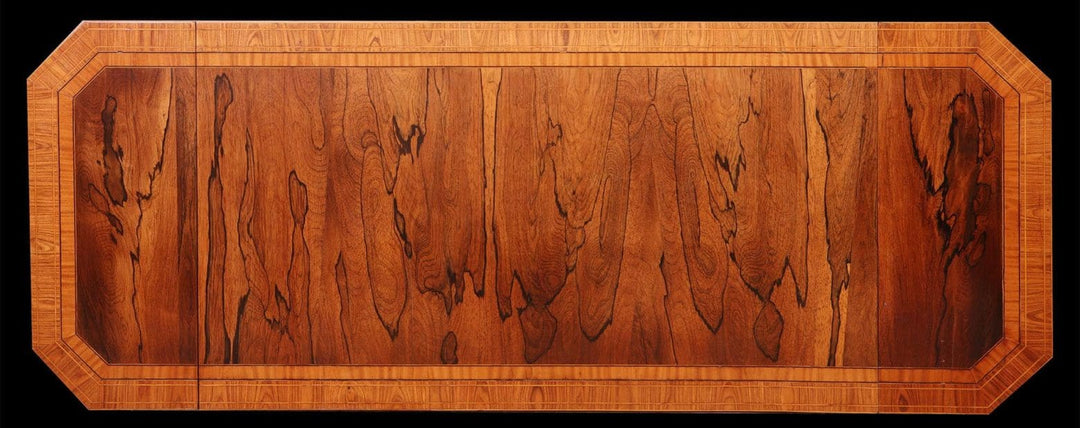
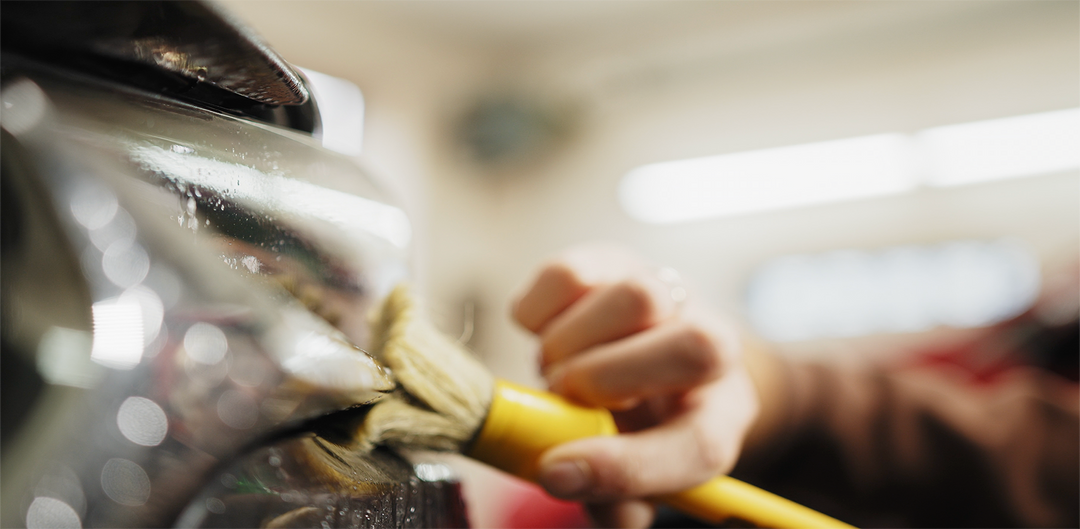

Leave a comment